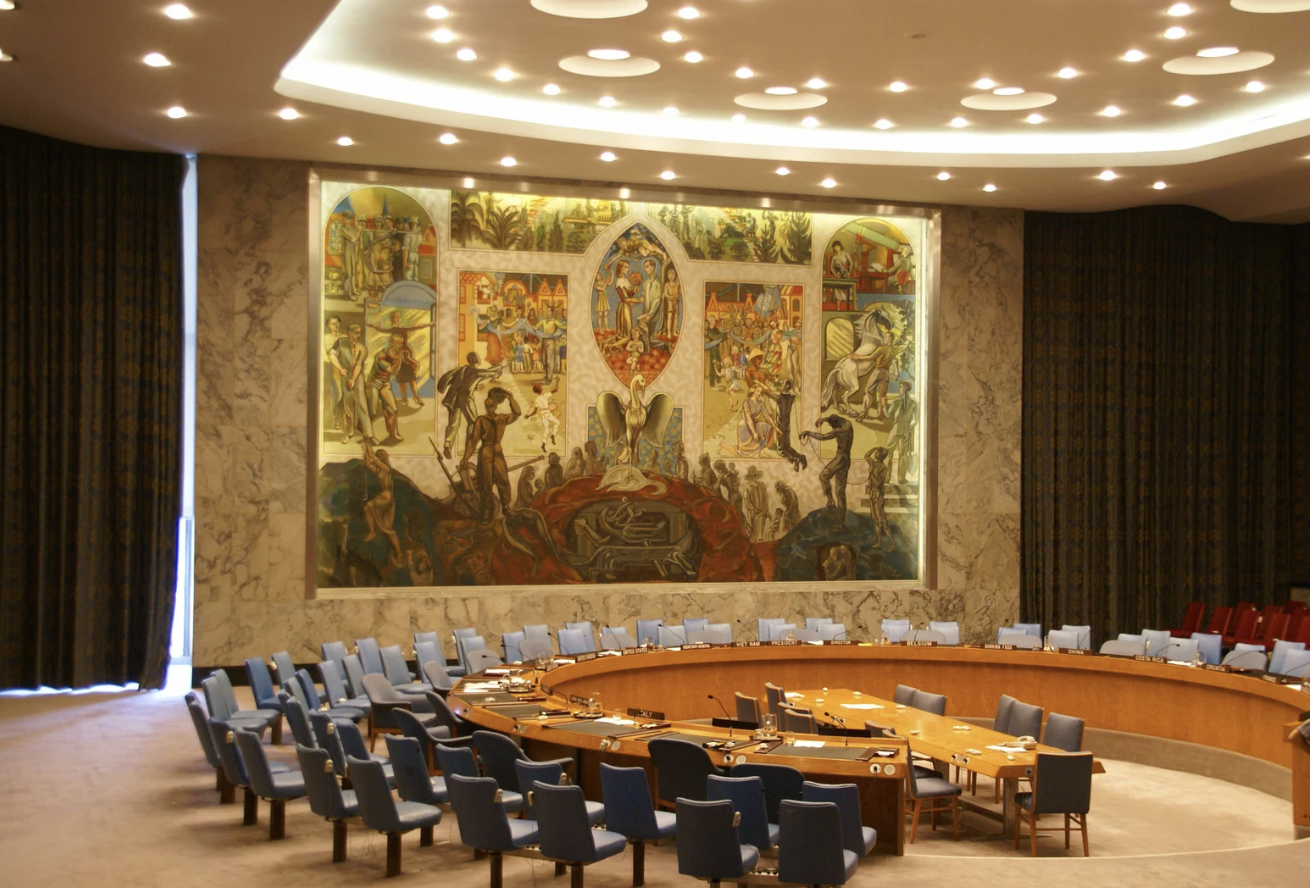Anúncios
Many complex topics will be discussed during the United Nations climate conference in Dubai, including paths to 1.5 degrees Celsius, carbon budgets, loss and damage, and other similar topics. Exactly what does it signify?
Anyone hoping to take note of the climate emergency discussions at COP28 would do well to familiarize themselves with the jargon and technical phrases used in the field. To be more specific, what is the meaning of COP? In Dubai, as nations rally to protect our planet, conversations will revolve on a number of important concepts, such as the Anthropocene and the United Nations Framework Convention on Climate Change.
The 1.5 C route
An approach to climate change mitigation that is compatible with keeping global warming below 2 degrees Celsius (2.7 degrees Fahrenheit) above pre-industrial levels by the year 2100. This temperature increase is considered the most optimistic warming scenario by climate experts. Paths compatible with 1.5 C of heating take into account not just transportation and energy, but also economic expansion, technical advances, and way of life.
Adaptation
Recognizing and preparing for the effects of severe weather and other human-caused climate change. One option to lessen the impact is to build homes in less prone areas to natural disasters like floods or wildfires. Adaptation actions cannot be funded without climate funds.
How can urban areas adjust to the effects of climate change?
The Anthropocene is the name given to the current period of Earth’s history because of the profound influence humans have had on the planet’s weather and ecosystems. Many scientists believe that the Earth’s system underwent a dramatic shift in the middle of the twentieth century as a result of human activity, most notably the exponential increase in atmospheric carbon dioxide (CO2) levels.
Carbon allocation plan
What the human race can produce this century in terms of greenhouse gas (GHG) emissions and still limiting global warming to 1.5 degrees. Emission limits and the carbon credits or permits linked with them are another aspect of carbon budgets that are determined by cap-and-trade systems. Businesses must turn in emission permits in proportion to their output. They have to go all out and buy extra credits if they go over their budget.
Carbon capture and storage (CCS) is a strategy for lowering emissions of carbon dioxide (CO2) from sources like power plants and industries and storing it underground in an effort to combat climate change.
The level of carbon intensity
This metric, which is often used by developing nations in their efforts to reduce emissions, calculates the amount of carbon dioxide gas emitted as a percentage of economic production, typically GDP.
Locking in carbon
Efforts to adopt alternative energy sources are impeded by the dominance of existing fossil fuel-based energy systems. When fossil fuels like coal, gas, and oil slow down the shift to cleaner energy sources, this phenomenon is known as a carbon lock-in. Government officials may be prompted to contemplate the early retirement of current infrastructure with high emissions levels by this realization.
Achieving carbon neutrality
Reducing atmospheric CO₂ emissions by storing the same amount in natural habitats (carbon sinks) including soil, forests, and seas. To stay carbon neutral, emissions must be lowered in proportion to the loss of these sinks, such as forests.
Carbon fee
Governments impose a monetary penalty on polluters for every metric ton of greenhouse gas they release into the atmosphere. In contrast to carbon trading, which can only predict how much of a reduction in emissions will be accomplished, a carbon tax can predict how much money will be spent.
Carbon emission trading
This market-based approach to reducing emissions of greenhouse gases restricts emissions and splits them into tradable emission permits, or carbon credits; it is also called cap and trade. A business will have to purchase more carbon credits from an organization that reduced emissions if it uses more credits than it possesses. Less pollution means less money spent and more money in your pocket.
Climate equity
The worst effects of climate change will be felt by the world’s poorest and most vulnerable individuals, as well as by generations to come. Through widespread investment in climate change adaptation, mitigation, and sustainable development, climate justice seeks to equally and fairly distribute the costs and benefits of this global warming crisis.
Carbon dioxide cost
Both the per-ton cost of emissions and the per-credit cost of carbon credits are used to describe the carbon price in emissions trading schemes. Carbon pricing is a measure of the monetary cost of mitigation; a higher price provides a stronger rationale for reducing emissions. The rate of a carbon tax, which similarly places a monetary value on emissions, is also known as a carbon price.
COP
All UN treaties, including the UNFCCC, are ultimately decided by the Conference of the Parties. Attendees from every state party to the convention gather at the COP to do things like assess progress toward climate mitigation goals laid forth in the Paris Agreement and figure out how to make those goals a reality.
Carbon dispelling
The movement toward a world free of carbon emissions from using fossil fuels for power generation, industrial processes, and transportation.
Damage and loss
Establishing a fund to compensate poor and climate-vulnerable nations impacted hardest by increased weather extremes was a central pillar of the COP climate discussions in Egypt in 2022. Wealthy nations should foot the bill for this damage and loss fund since they are mostly to blame for the emissions that cause climate change and severe weather.
Mitigation
Limiting global warming by reducing emissions of greenhouse gases and increasing sinks for these gases. This entails cutting the usage of fossil fuels, the combustion of which releases GHGs like CO2 and methane, among other steps.
Zero net
Keeping atmospheric concentrations of GHGs under check by balancing their emission with removal. For carbon neutrality, for example, it is enough to plant trees to build carbon sinks, but this balancing act should also include real reductions in emissions.
The Paris Agreement
December 2015 saw the adoption of the first-ever legally binding global climate change accord at the COP21 meeting in Paris. It set up a worldwide system to prevent catastrophic climate change by keeping the temperature increase far below 2 degrees Celsius, ideally below 1.5 degrees Celsius.
Climate Change Convention Established by the United Nations (UNFCCC)
As part of their efforts to counteract “dangerous human interference with the climate system” and lower atmospheric concentrations of greenhouse gases, 154 governments signed an agreement in 1992 during the Earth Summit in Rio de Janeiro, Brazil. Prior to the Paris Agreement of 2015, the UNFCCC’s actions were codified in the 1997 Kyoto Protocol.




